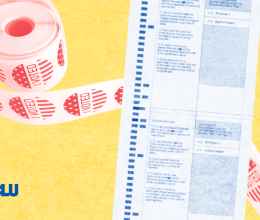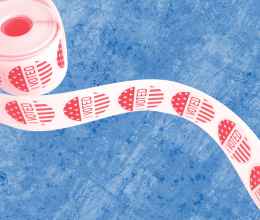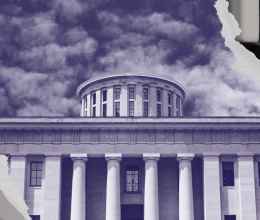Last Friday, Secretary of State Jon Husted mailed absentee ballot applications to all registered Ohio voters. This puts ballots in reach for millions of Ohioans who choose to vote by mail each election.
Access to vote by mail was not easily won.
In August of 2011, Secretary of State Jon Husted issued a directive preventing all county boards of elections from mailing unsolicited absentee ballot applications to voters. Husted banned the practice in the name of uniformity, pointing to differences between counties that sent absentee ballot applications to all voters and those that did not. But when Cuyahoga County officials threatened to mail the applications anyway, Husted eventually agreed to send applications to voters in all 88 counties for the 2012 presidential election.
After reaching this deal, Husted said, “I am glad we have been able to work out our differences, but ultimately it will be the voters who benefit from this agreement.” And they did, as 1.3 million Ohioans voted by mail in 2012.
This could have been a lesson that uniformity can be achieved by expanding access to voting, rather than restricting it. But two years later, Husted claimed uniformity was his reason for cutting early in-person voting hours on weekends and in evenings. This time, a federal judge stepped in and ordered that some of these hours be restored.
Husted’s reaction this time was the same. He said he was “pleased” with the court’s ruling, because “all voters, no matter where they live, should have the same opportunity to vote.” And while the ACLU continues to fight to restore additional early voting days cut by the Ohio legislature, this decision showed once again that uniformity must not be a race to the bottom.
Both vote by mail and early in-person voting are wildly popular and effective in Ohio, yet officials have tried repeatedly to cut them. The fight for vote by mail applications may not be over--the same Ohio legislature that cut early in-person voting passed a law taking control over funding for future application mailings. This leaves whether absentee ballot applications will be sent to voters in the hands of partisan politicians who may manipulate the system at the expense of voters.
The pattern here is obvious. Uniformity need not be a political code to restrict voter access. Our elections will be fair and equal when all voters, regardless of race, ability, or work schedule, can participate in their government.






